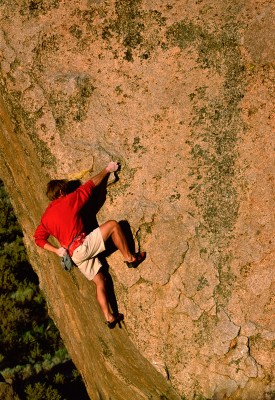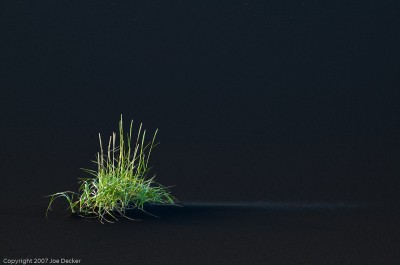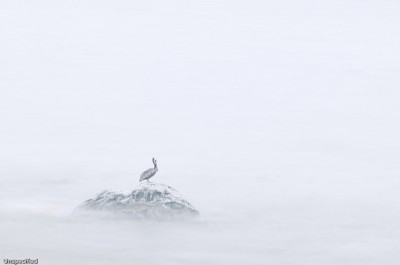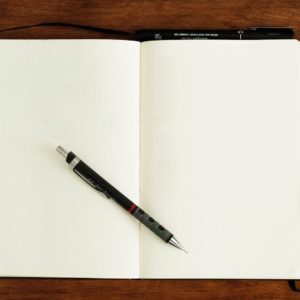If you like this article, you can now get the book! Joe has expanded the “Tuesday Composition” series into an inspiring new ebook on composition, especially for nature photography. Check it out: The Tuesday Composition.
We’ve talked a fair bit about symmetry and asymmetry, it’s time now to talk about direction-various meanings and feelings that come along with where in absolute terms we place subjects in an image. There are several concepts “in play” when we talk about direction, so I’ll be devoting two, perhaps three columns of the Tuesday Composition to the topic.
The connection between direction and movement is a significant part of deciding where to best place objects in an image. When we have a moving subject in a scene, we often find it more natural when there’s more room “in front of” the moving object than behind it. That additional space we give the object to “move into” seems to suggest more movement from the object and can be part of telling a story about where the object is going to.
In Casual Climbing, providing the rock climber more space to ‘climb into” contributed to a sense of movement and also provided, along with other cues, a sense of danger and excitement. We’re left with no doubt that the climber is heading up.
The idea of giving objects space “to move into” is actually broader than it might seem. It can be an idea that works well even when we don’t have a visible, concrete object moving in the scene. In Grasses and Volcanic Alluvium, we can infer there’s a wind blowing left-to-right in the scene from the weak trail of pollen that extends to the right of the clump of grass. The placement of the grass, to the left, helps convey that. The same clump of grass placed on the right side of the image (not mirrored, just pointing the camera farther left) wouldn’t have been as effective, and that’s one of the reasons why. (The other is that we want to include the pollen trail and shadow in their entirety, but that’s a separate topic.)
Even beyond physical movement, it’s often effective to provide space for people and animals to “look into.” This idea sometimes even applies to inanimate objects that we anthropomorphize. As humans we’re extremely attuned to noticing faces and eyes, and moreover, where they’re looking, and this implies a natural sort of progression, a movement if you will from the person looking to the thing being looked at. For this reason, people looking left are often best placed at the right side of an image, and vice versa.
Pellican Meditation is a simple example of this, the pelican draws our attention first, then we follow it’s gaze into the mist, and it’s more peaceful, more comfortable, for that to be into the main part of the image. I’d add that it can be interesting to deliberately break this rule, a person at the left of an image looking deliberately off-frame can invite a sense of mystery about what they’re looking at. And again, it doesn’t always have to be a real animal or human. In Grasses and Volcanic Alluvium above, some viewers see an animal in the clump of grass, facing right, providing a third reason to prefer a left-side placement for the clump of grass.
Movement and facing aren’t (by far) the only factors that go into placing objects in a composition. But, particularly for portrait and wildlife work, they are important tools for creating more effective images.



